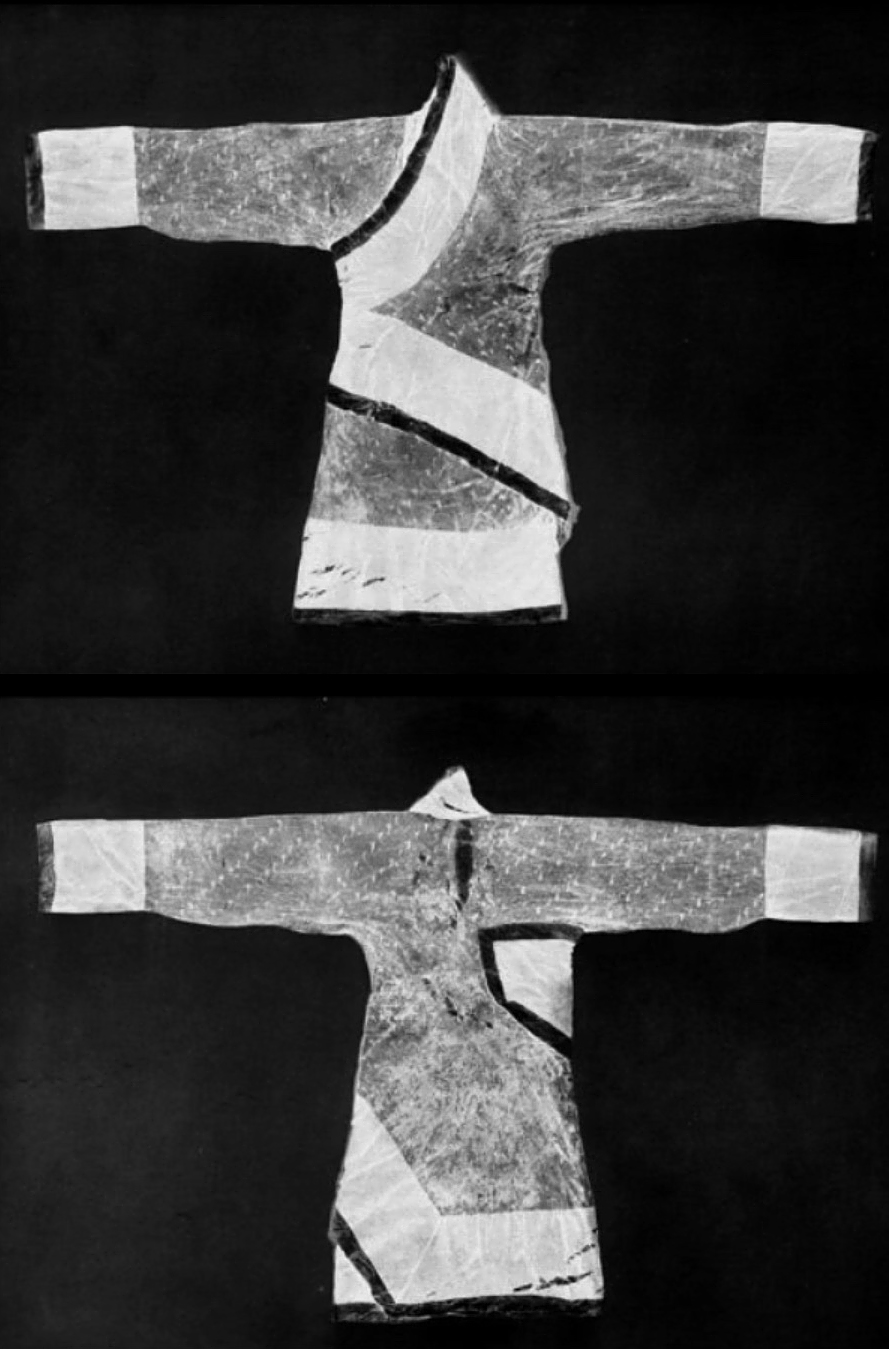Han Noblewoman's Elaborate Buyao Hairpins: 汉贵妇步摇
Music: In the Temple
A Han dynasty noblewoman wearing an elaborate pair of phoenix shaped golden hairpins with dangling 步摇 Buyao dangling hairpin, often with decorative elements that move with the wearer's steps. The name literally translates to "step-shake" or "shake while walking". She wears a translucent gauze veil. During this era, high ladies often wore translucent robes over their Quju robes (1 piece wrap dresses.)
The 曲裾袍 Qū jū dress robe, páo means "Robe" and "Quju" means "Curved Robe" or "Curved Gown" Quju are like narrow wide- sleeved robes with one side of the robed lapel extended far enough to form a triagonal flap that wraps around the wearer's back. There are no clasps on the robe itself to fasten it in place so the robe is often paired with a belt to secure it in place. The morning glory- like coil of the robe's triangular fold usually marks the wearer as someone of means because Qujus often take up a good deal of more materials (than the standard straight collared robes) to make. As mentioned above: during this era, high ladies often wore translucent robes over their Quju robes.
.jpg)
Western Han dynasty at it's greatest territorial extent. During the long rule of its martial emperor Wu, the Han drastically expanded in nearly all directions- doubling the size of the empire. Eventually the Han incorporated the gateway into Central Asia, establishing the eastern entrance into the Silk Roads. By the 1st century BC Han dynasty included the territories of the Tarim Basin in the west, Ferghana Valley in the northwest, part of northern Korean Peninsula, and what is today's northern Vietnam.
HAN DYNASTY NOBLEWOMAN IN BUYAO
Reenactor: 象罔境
On a personal note this set is extremely arresting because it really evoked a timeless intrigue filled Wuxia movie. Absolutely phenomenon aesthetics. Though private in reenactment the quality matches that of major studio productions like "The Wind Blows from Longxi."
Bonus: Western Han dynasty nobleman in quju robe with hat. Below: Western Han male figurine unearthed from tomb in Changsha, Hunan, south- central China.
➢ ☯ Futsunomitama
➢ ☯ MK Celahir
➢ ☯ Muramasa
➢ ☯ Thomas Vieira
➢ ☯ Vincent Ho (FerrumFlos1st)
➢ ☯ BurenErdene Altankhuyag
➢ ☯ Stephen D Rynerson
➢ ☯ Peter Hellman
➢ ☯ SunB

.jpg)






.jpg)

















.jpg)
.jpg)




Comments